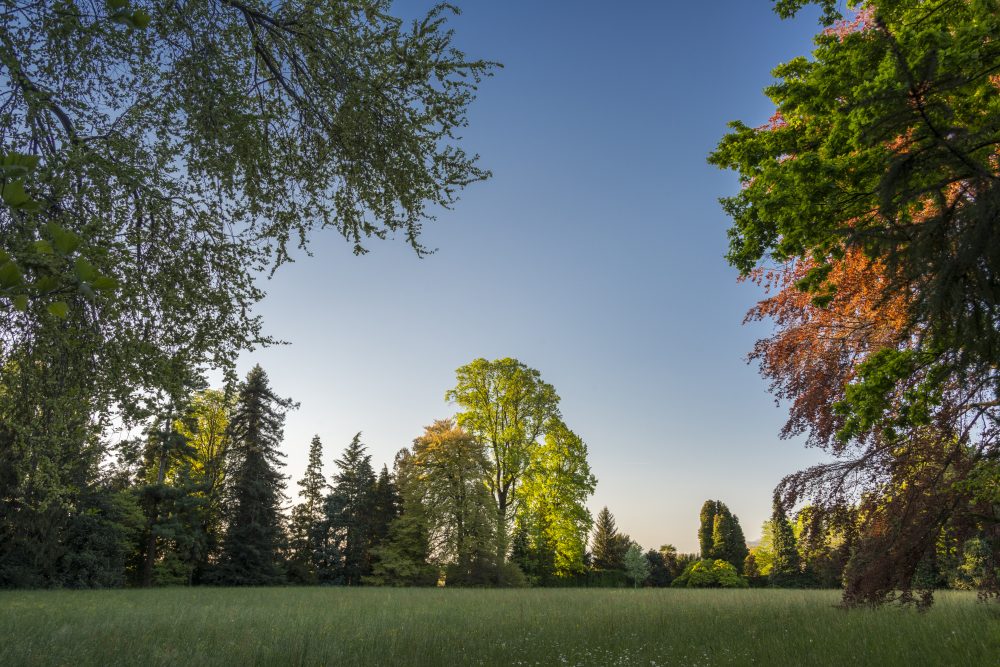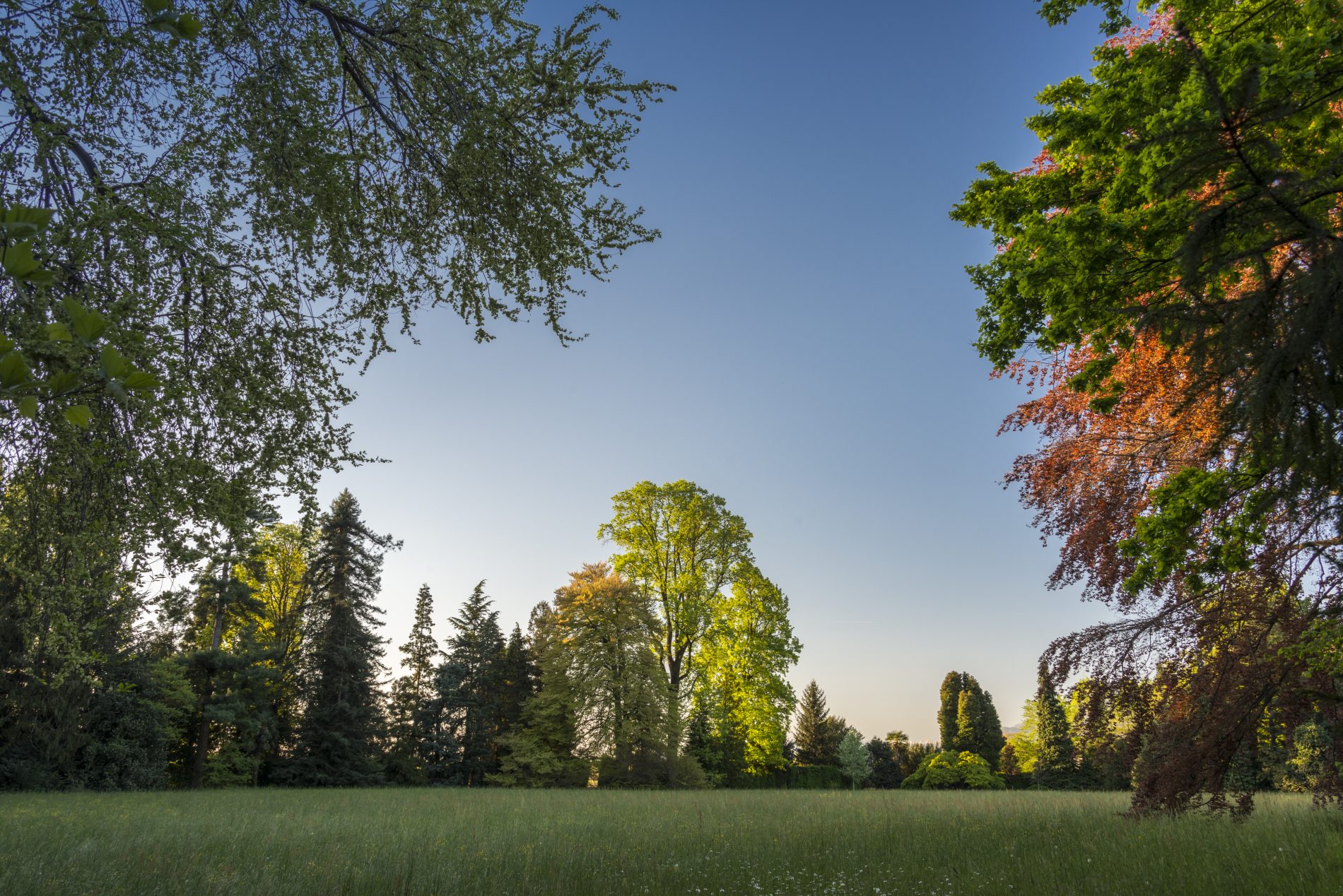The Green Crown
According to Treccani, garden: n. m. A plot of land, usually enclosed by a wall, fence, or gate, cultivated with ornamental and flowering plants, intended for recreation and walking; it can be private, adjacent to a villa or residence, or public, in the center or outskirts of urban areas. If this is its definition, we find ourselves in a garden, specifically, a historic garden.
In the film The Devil Wears Prada, two almost identical belts become the pretext for a famous monologue on "cerulean," which begins: “you think this has nothing to do with you?"
Often, what surrounds us does not seem to concern us, at least not directly; thus, even a garden, especially a historic one, is confined to what we see or what we expect it to be.
Gardens have always accompanied humanity and its history, culture, shifting tastes, and conventions. The garden has always been a symbol of conservatism or a manifesto of revolution. The garden—the hortus—was conclusus when moats or walls surrounded castles, when the hierarchy required control of its horizons to assert power, or when the spirit, gathered in prayer, sought the eternal beyond the contingencies of the world. Protected and enclosed, like the form of a man that history would call medieval.
The garden became "Italian" during the Renaissance: Brunelleschi introduced perspective in early 15th-century Florence. The architecture of the buildings transformed it into a kind of nature which was molded into the image of a new balance that, with humanism, placed man at the center of the world.
Even when its dimensions become immense, when Versailles becomes the model: the garden becomes "French," with man ruling not only over the court but over the entire world. Some men, few, rule over others, many.
When that system also disintegrates, the French Revolution chooses the English garden as its model which is a domestic, feminine, democratic and bourgeois garden.
The Castle’s Garden has crossed centuries, eras, and tastes: first "Italian," in the space in front of the building; later, when letters in the archives speak of a new spirit blowing through Europe, known as Romanticism, it becomes "English," with man and nature coexisting amidst picturesque architectural views and botanical variety.
The garden we see today retains its memories, including those of the abandonment in the second half of the last century, but it renews itself, looking to the future, to the changing climate, to nature, which reveals the shortcomings of human actions and, at the same time, offers potential solutions.
And so, the phrase from a movie returns: "You think this has nothing to do with you?"

According to Treccani, garden: n. m. A plot of land, usually enclosed by a wall, fence, or gate, cultivated with ornamental and flowering plants, intended for recreation and walking; it can be private, adjacent to a villa or residence, or public, in the center or outskirts of urban areas. If this is its definition, we find ourselves in a garden, specifically, a historic garden.
In the film The Devil Wears Prada, two almost identical belts become the pretext for a famous monologue on “cerulean,” which begins: “you think this has nothing to do with you?”
Often, what surrounds us does not seem to concern us, at least not directly; thus, even a garden, especially a historic one, is confined to what we see or what we expect it to be.
Gardens have always accompanied humanity and its history, culture, shifting tastes, and conventions. The garden has always been a symbol of conservatism or a manifesto of revolution. The garden—the hortus—was conclusus when moats or walls surrounded castles, when the hierarchy required control of its horizons to assert power, or when the spirit, gathered in prayer, sought the eternal beyond the contingencies of the world. Protected and enclosed, like the form of a man that history would call medieval.
The garden became “Italian” during the Renaissance: Brunelleschi introduced perspective in early 15th-century Florence. The architecture of the buildings transformed it into a kind of nature which was molded into the image of a new balance that, with humanism, placed man at the center of the world.
Even when its dimensions become immense, when Versailles becomes the model: the garden becomes “French,” with man ruling not only over the court but over the entire world. Some men, few, rule over others, many.
When that system also disintegrates, the French Revolution chooses the English garden as its model which is a domestic, feminine, democratic and bourgeois garden.
The Castle’s Garden has crossed centuries, eras, and tastes: first “Italian,” in the space in front of the building; later, when letters in the archives speak of a new spirit blowing through Europe, known as Romanticism, it becomes “English,” with man and nature coexisting amidst picturesque architectural views and botanical variety.
The garden we see today retains its memories, including those of the abandonment in the second half of the last century, but it renews itself, looking to the future, to the changing climate, to nature, which reveals the shortcomings of human actions and, at the same time, offers potential solutions.
And so, the phrase from a movie returns: “You think this has nothing to do with you?”
